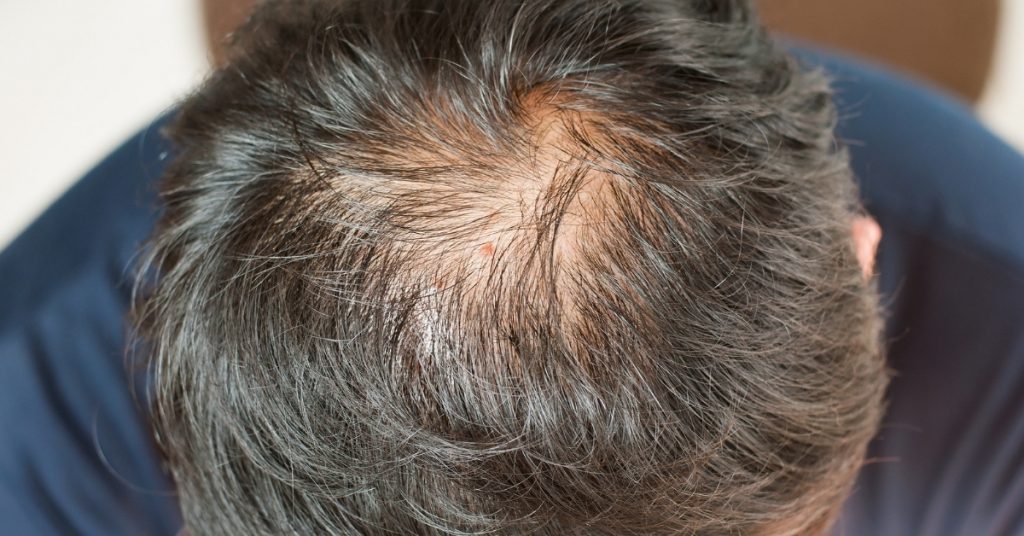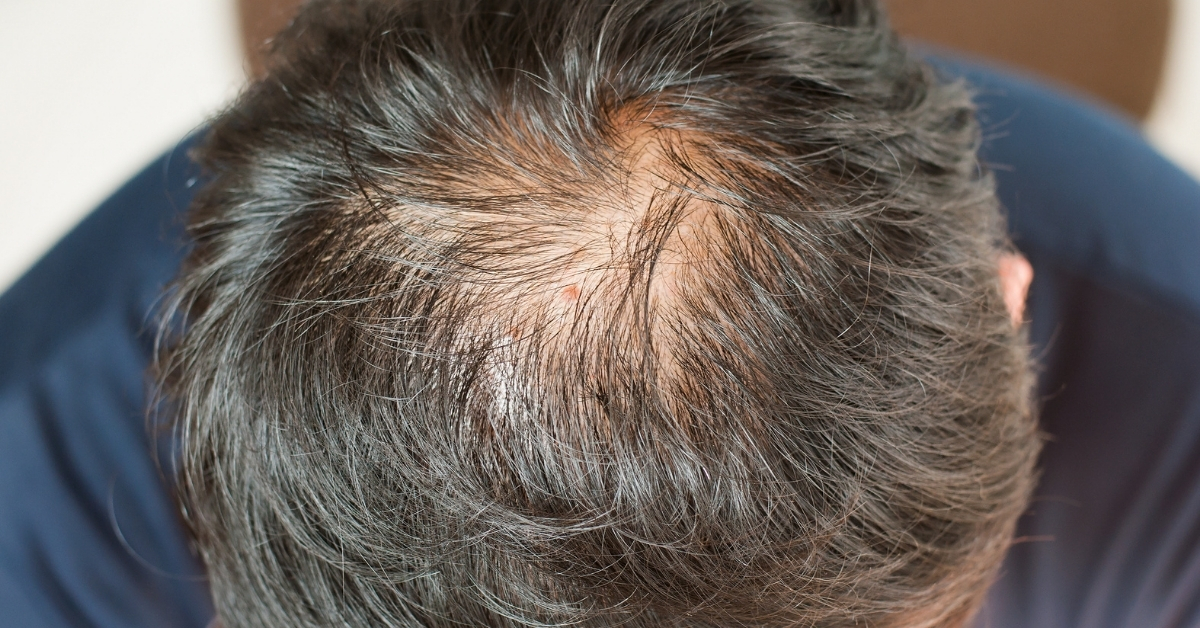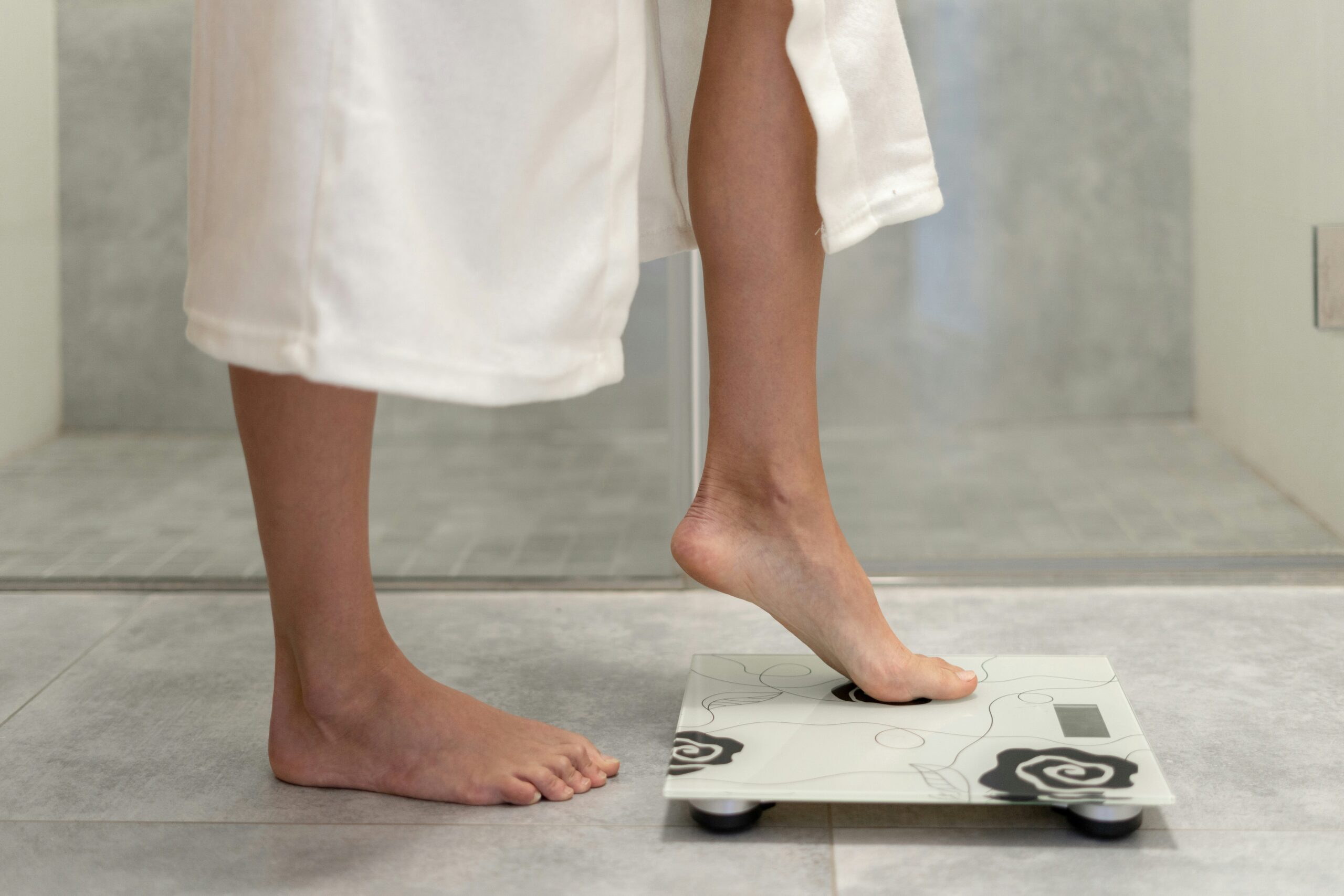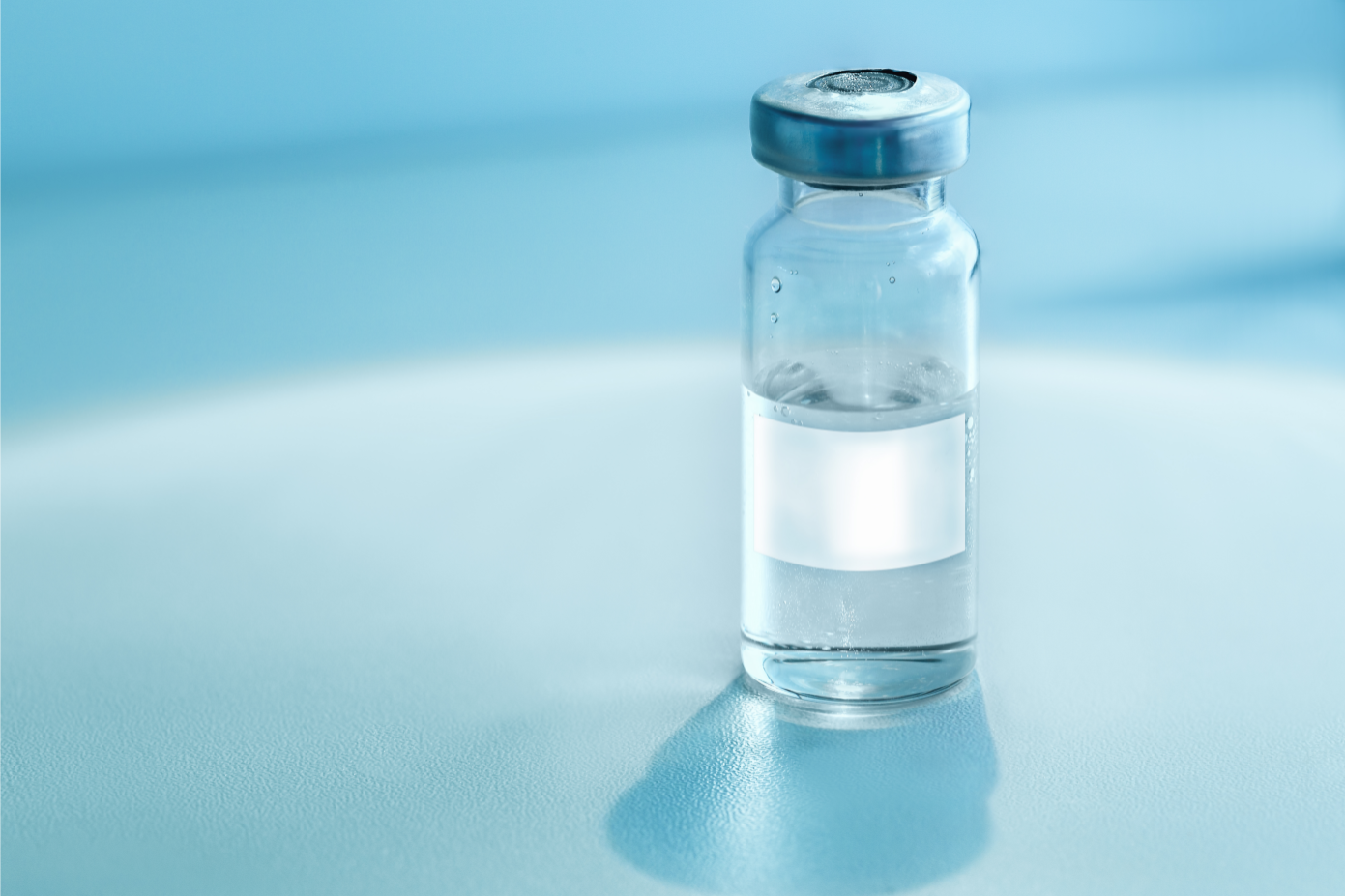Hair loss can be a very frightening and disheartening experience and can be caused by a variety of things: stress, physical trauma, alopecia, thyroid problems, hormone imbalance, medications, and aging. Male pattern baldness affects most men, and by the age of fifty, 85% of men will have significantly thinning hair. Women can also experience pattern balding. Up to two-thirds of women experience hair loss after menopause.
There are many hair loss products on the market, minoxidil, and finasteride being two of the more familiar names. Although it has been around for many years, latanoprost is a relatively new product in the hair loss game. Latanoprost was approved for medical use as a treatment of glaucoma in the United States in 1996 and is recognized by the World Health Organization as an essential medicine. In 2018 it was the 84th most commonly prescribed medication in the United States with over 8 million prescriptions. It is now being used as a hair loss treatment and has good results with minimal side effects.
From Glaucoma to Hair Loss Treatments
Latanoprost was developed to treat glaucoma, a group of diseases that cause an increase in pressure in the eye. Still, patients taking it noticed that their eyelashes became thicker and more plentiful. Scientists thus began tests to see if a topical treatment (rubbing it on the skin) could affect eyebrow and eyelash growth. In this study, researchers found that a topical treatment did not significantly affect eyelash growth, but it was later discovered that the dosage had been too low. A follow-up study was carried out in 2010, which found that latanoprost may be an effective drug in treating eyelash alopecia areata (an autoimmune disease characterized by hair loss). This study showed there was an acceptable response in 45% of the patients.
Several studies evaluating the effectiveness of latanoprost on glaucoma noted the side effects of more prolonged, darker, and more great eyelashes. In one study, as many as 57% of treated patients noticed longer, darker, more plentiful lashes.
Even though scalp hair follicles and eyelash follicles are not identical, the success rate in studies of latanoprost on eyelash growth gave scientists hope. If it could work for eyelashes, why not male pattern baldness and other forms of hair loss?
In an exciting study carried out on the bald scalps of stump-tailed macaque monkeys, it was found that with a 500 micrograms/ml dose of latanoprost, there was marked hair growth with 5-10% conversion of vellus hairs (soft, peach fuzz) to intermediary or terminal hairs (mature, thick hair). The latanoprost was applied topically to the heads of the monkeys.
Latanoprost and Minoxidil
A study on the effectiveness of latanoprost and minoxidil on hair loss treatment showed that the best results were achieved when the two products were used together. In the same vein, it has been found that the best results are obtained when finasteride and minoxidil are used in conjunction with each other. It is thought that minoxidil increases the absorption of topical finasteride. This may also be the case with the latanoprost – minoxidil partnership. Minoxidil is also thought to increase how long follicles stay in the active growth phase, which means new hair could come back from what were thought to be dormant follicles. So minoxidil acts by stimulating dormant follicles prolonging their active phase, while latanoprost acts by increasing the conversion of vellus hair to terminal hair. Thus, it makes sense that the best results would be obtained by using the two products together.
In 2020, a study was done by the American Academy of Dermatology on sixteen men with mild androgenetic alopecia, or male pattern baldness found that latanoprost significantly increased hair density at 24 weeks. Thus it could help stimulate hair follicle activity in treating hair loss.

Benefits
The main benefit of latanoprost is that it seems to have very few side effects, and those it does have are very mild. At the same time, it is effective and easy to use. It increases the conversion of vellus hair to terminal hair. It will thus have more benefits to a person experiencing the early stages of androgenetic alopecia, but research is ongoing.
Dosage and Treatments
The dosage of latanoprost as a treatment for glaucoma is one drop in the eye in the evening. It was found that more than one drop had an adverse effect and that administering the medication in the evening was most beneficial. It remains unclear as to the benefit of a nightly dose in the topical treatment of hair loss with latanoprost.
Latanoprost is being developed as a topical medication, i.e., you would rub it on your head like a cream, unlike finasteride which is predominantly an oral medication. However, research into topical finasteride is also being carried out.
For Your Scalp Hair
Evolve offers an effective hair loss medicated foam containing minoxidil, finasteride, and latanoprost. It is effective and easy to administer: Before applying the foam, ensure that your hair and scalp are completely dry. Part the hair to expose the scalp area. Beginning in the center of the area, gently massage the foam into the skin. Do not shampoo hair for 4 hours after application. Do not use a hairdryer. Instead, let the foam air dry.
If you’re looking for an effective hair loss topical treatment that does not include finasteride, the AM/PM Hair Regrowth Stack may be a better choice for you. This premium hair regrowth bundle consists of the medications you need to grow and maintain healthy hair. Easily apply the treatment drops to your scalp in the morning and at night.
For Your Eyebrows and Eyelashes
Latanoprost is often found in scalp hair treatments such as shampoo and drops, but you can also find this medication in creams. A cream-based solution allows for easy application to areas such as eyebrows and eyelashes. Latanoprost has been shown to help patients grow eyelashes quicker and thicker. A hair growth treatment like latanoprost (.005% – .01%) with a TrichoCream base is an effective and affordable solution for eyebrow/eyelash growth.
Side Effects
The side effects of latanoprost are minimal compared with those of finasteride. The most alarming side effects of finasteride are sexual ones, including decreased sex drive, erectile dysfunction, and ejaculation problems. Even though these side effects occur in less than 5% of patients and subside as the body adjusts to the medication, they are still a frightening prospect. Latanoprost is a topical medication and has no sexual side effects. Most of the research into the side effects of latanoprost has been done into latanoprost for glaucoma. These side effects include blurry vision, eye redness, itchiness, burning and stinging of the eye, and iris pigmentation changes. The only recorded side effects of applying latanoprost to balding skin are pigmentation and itchiness.
Conclusion
From the studies done, it can be seen that latanoprost does positively affect hair growth. It is most beneficial when used in conjunction with minoxidil as the two products affect different stages of hair growth. There are many new products on the market, so go out and find one that contains latanoprost and minoxidil and enjoy thicker, fuller hair.
If you’re at all concerned with the health of your hair, contact your doctor or a qualified telemedicine provider like the experts at Evolve. Our team of hair growth experts will help you get started with a safe, effective, and affordable hair loss treatment plan.






